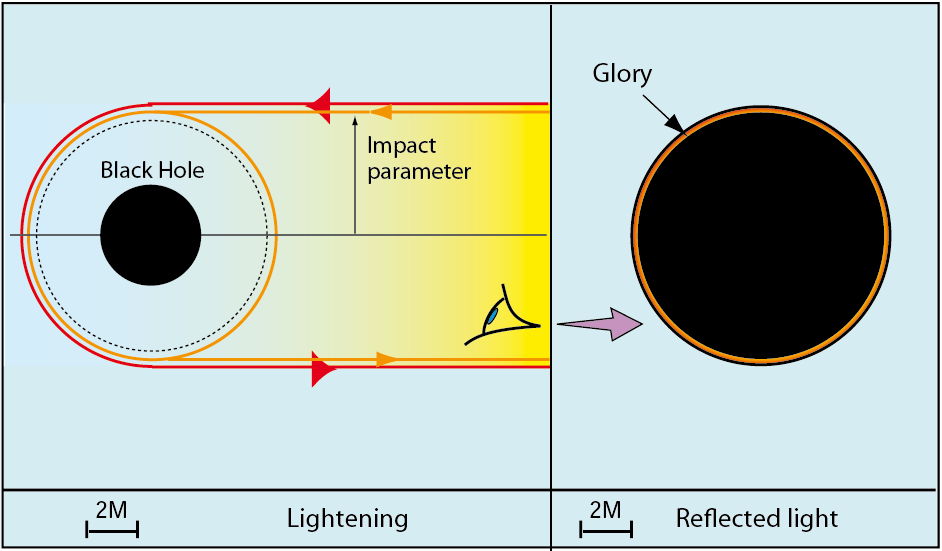In cosmology we're usually concerned with two measures of distance: light travel time and comoving distance. The meaning of the first is pretty obvious; the second describes the current distance to the point where the light was emitted, considering the expansion of space during that time. The two are the same for a redshift (z) of zero, and deviate as the redshift increases. At the maximum redshift of z = ~1100 (the surface of the cosmic microwave background), the light travel time is nearly the age of the universe, 13.7 Ga, and the comoving distance is the radius of the observable universe, 45.5 Gly.Ann wrote:Is there a way to state in light years more or less how far the merging black holes were from the Milky Way when they actually merged, and how far away the resulting black hole is from the Milky Way "now"?
I don't know whether the distance to the black hole merger is being given as light travel time or comoving distance, but at "only" 1.3 Gly, or around z = 0.1, the difference between the two is less than 5%, which is much smaller than the measurement error itself.

